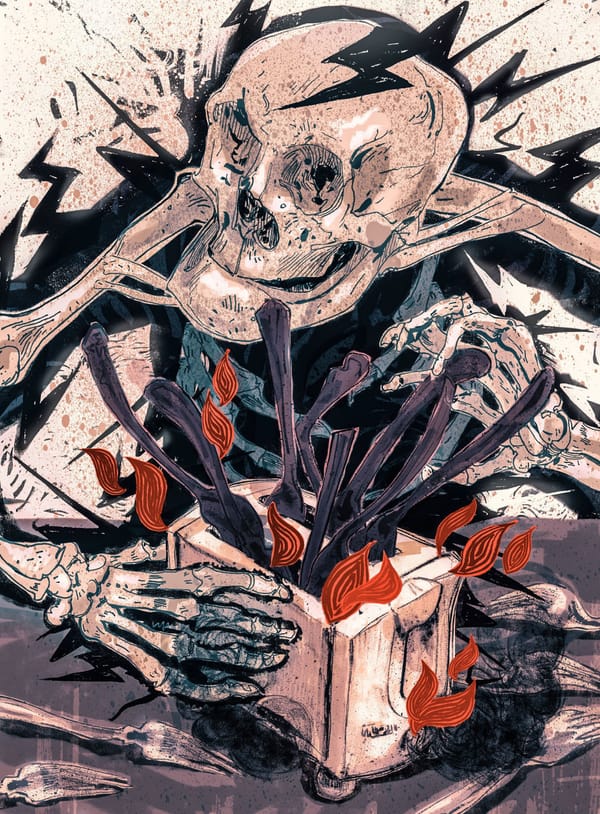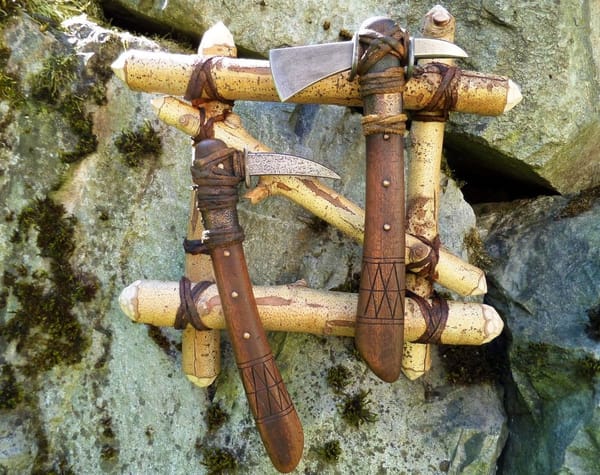poison garden | 2017-05-31
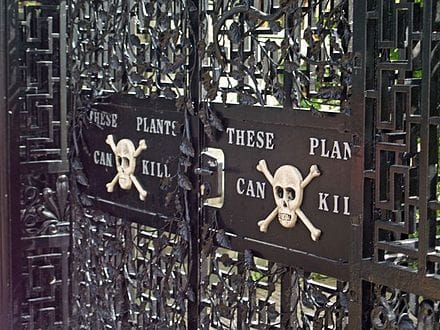
Around 1750, the 1st Duke of Northumberland hired the well-known and talented gardener Capability Brown to design and maintain the gardens around his home, Alnwick (ANN-ick) Castle.
The 3rd Duke of Northumberland was a plant collector and expanded the gardens, filling them with all manner of lovely things.
The Anlwick Garden was magnificent and prized in England until the Second World War when, as part of the Dig for Victory campaign, it was turned over and re-purposed for crop farming.
The formerly glorious gardens fell into disrepair until 1997 when Jane Percy, Duchess of Northumberland, redeveloped the gardens, spending 42 million pounds to bring them to past their former glory.
The entirety of the gardens is magnificent again and replete with the largest tree house in the world and many water features.
It was the duchess’ intent to not simply have a beautiful garden for all to enjoy but to also make it a place of learning for young people.
Her initial thought was to create an ‘apothecary garden’ in which all the plants were used to create medicines or other helpful substances.
However, she eventually decided that teaching children how Aspirin comes from tree bark was liable to lose their interest in a real hurry.
So, instead, she opted to create a place in which all the plants can kill you and in which many of the plants are available for sale at local garden centres in England.
Thus, she raised the well-walled and gated Poison Garden of Alnwick.
One of the head gardeners of the gardens is a lovely and terminally British man named Trevor Jones. Find a link to his description of the garden at the bottom.
In his delightful commentary, he walks us through the gardens, noting before we enter that you are:
Not allowed to touch or smell or stand too close
… to anything in the poison garden. Fantastic!
So, what’s in the garden, you ask?
I encourage you to visit the A to Z Links on the Poison Garden Fan Site to explore the ~150 different species of plant on display in the garden.
I will note a few that stand out to me:
Monk’s Hood | Aconitum napellus
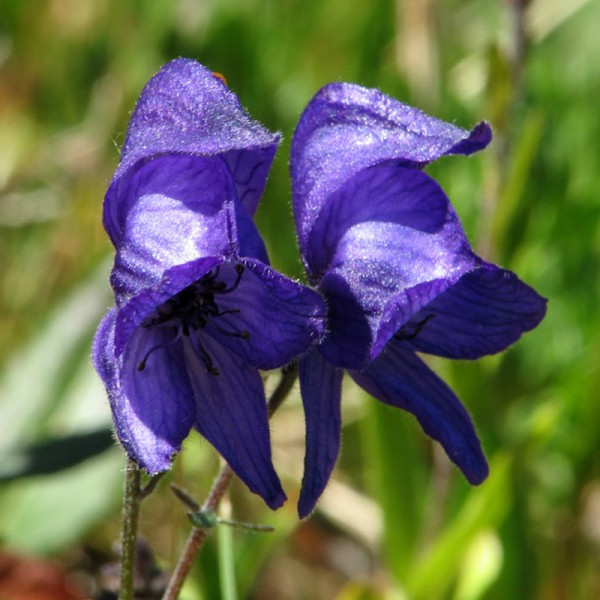
Popular garden plant; contains aconitine; small amounts result in gastrointestinal upset and severe reduction of heart rate, which often results in death; it tastes really gross, so it doesn’t kill many people
Strychnine Tree | Strychnos nux-vomica
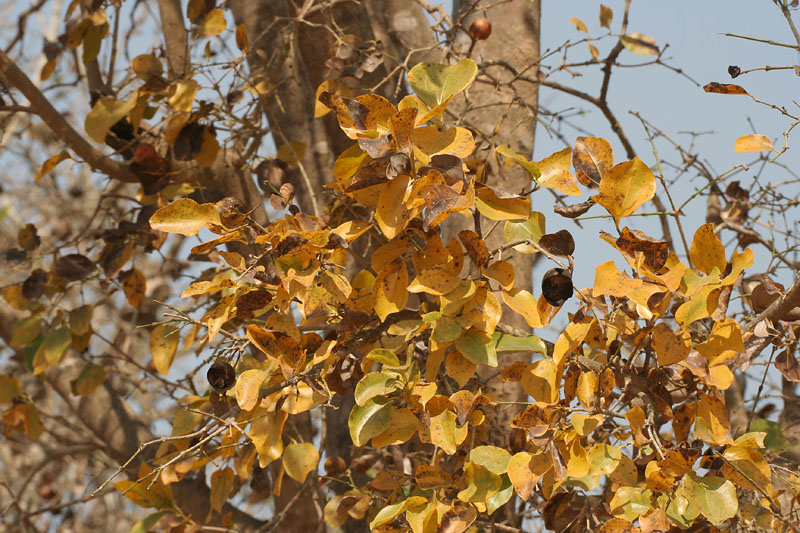
Native to India, strychnine is among the deadliest alkaloids on the planet, predominately used to kill feral mammals; causes severe muscle spasms within minutes and, with high dose, respiratory failure and brain death occur within 15 minutes
Hemlock | Conium maculatum
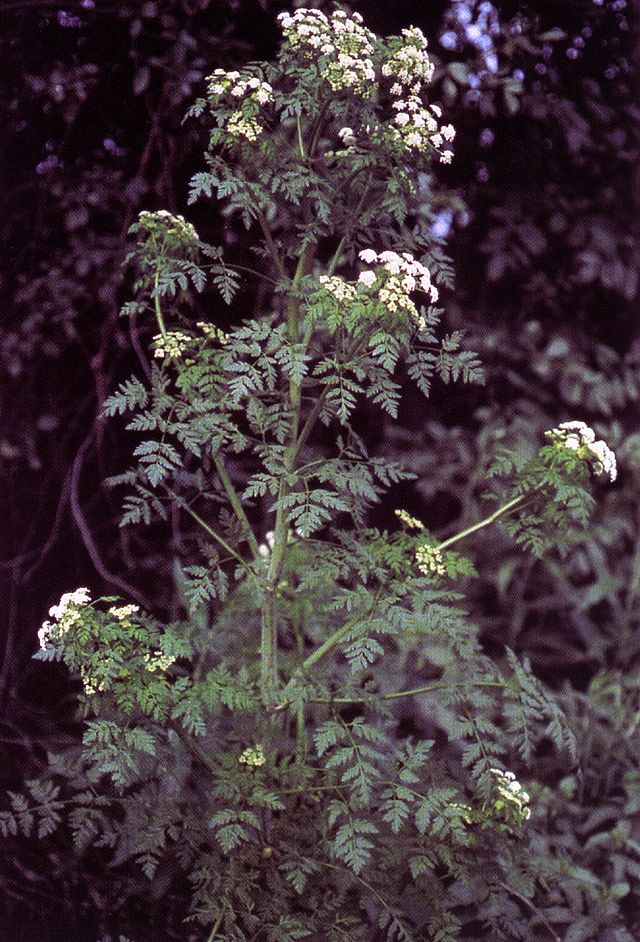
Fabled poison used to kill Socrates; alkaloid Coniine disrupts the central nervous system, resulting in paralysis and eventual suffocation
Castorbean | Ricinus Communis
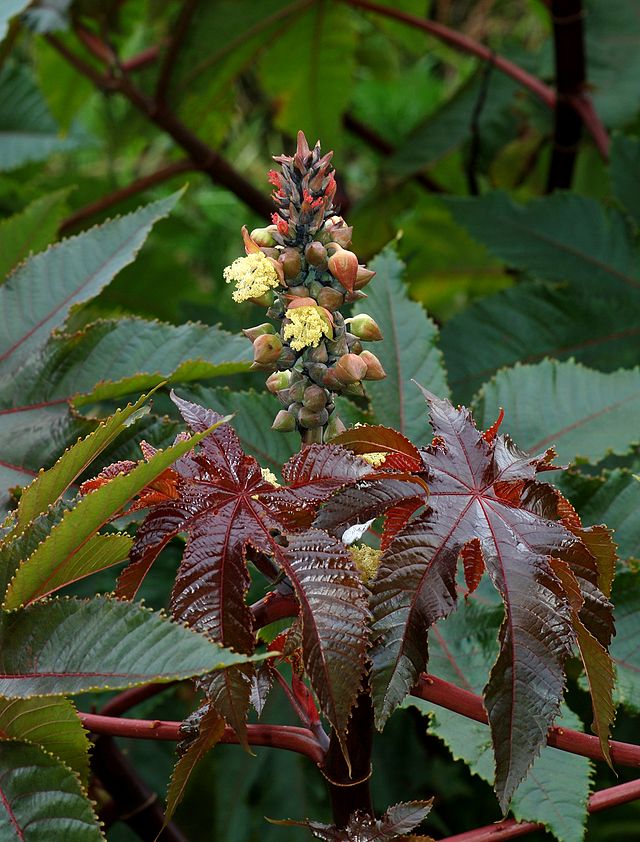
Produces castor oil which is used as a preservative and medicine; also produces ricin, the single most deadly poison on earth; a dose of purified ricin powder relative to a few grains of salt will kill an adult; basically, it stops cells from processing carbohydrates which, in turn, results in total cell death in all cells in the body. If you breathe it, it will kill your nose and lungs; if you eat it, it will kill your mouth and stomach and all the rest of your digestive tract; if you get it on your skin and you have a small cut, it will start from there and kill everything it touches.
Foxglove | Digitalis
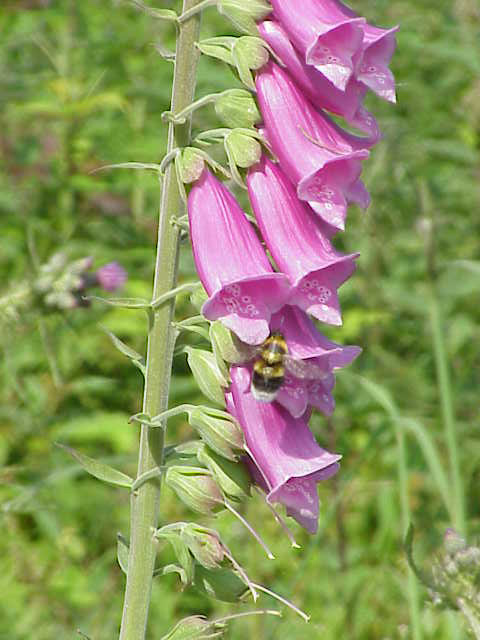
Used to create Digoxin, which is prescribed to treat arrhythmia; overdose will cause gastrointestinal mayhem, drooling, wildly high or low heart rates, and death
Deadly Nightshade/Belladonna | Atropa belladonna

4 berries from this plant are enough to kill a child; historically, in Venice, ladies would squeeze berry juice into their eyes to dilate their pupils, making them prettier to men (pretty lady = bella donna) and making them blind at a young age… smart move… guess that’s how you make a Venetian Blind (harhar)
Angel’s Trumpets | Brugmansia suaveolens
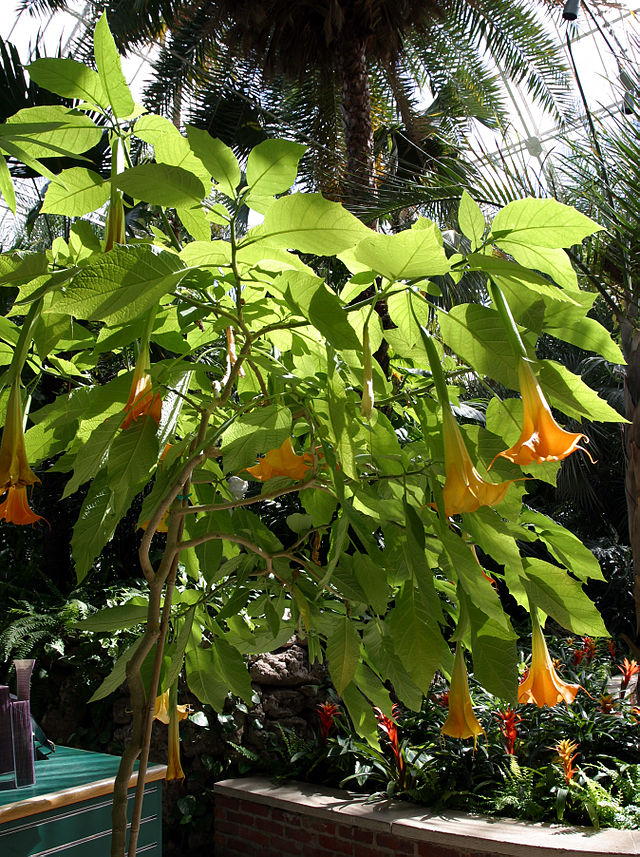
The pollen is an hallucinogenic; British ladies used to put these plants on their tables during their afternoon tea and sprinkle bits of the pollen in their drinks, resulting in hilarious conversations and, potentially, death; you can buy this plant from garden centers
Giant Hogweed | Ruta graveolens
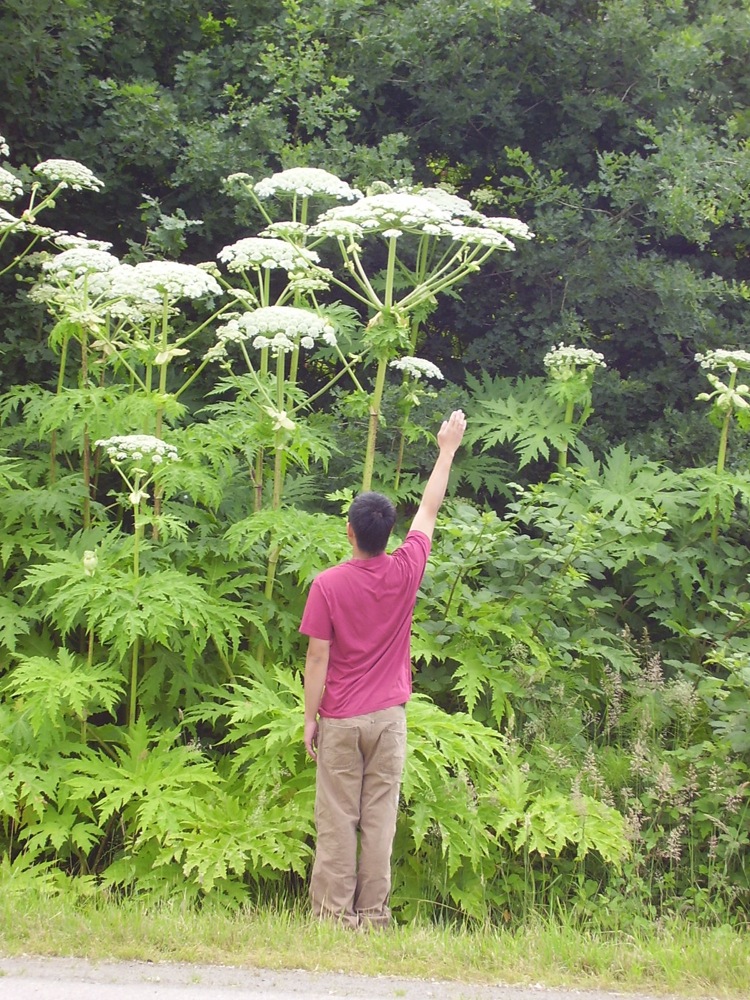
This plant is also available in garden centers; it is phototoxic for up to 7 years, which means that if you get some of its resin on your skin and then expose that resin to sunlight, it will severely burn you (i.e. 3rd degree burns) for the next 7 years
Naked Ladies/Autumn Crocus | Colchicum autumnale
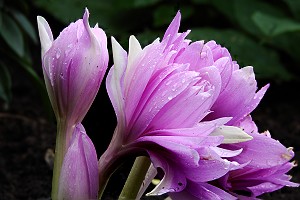
Popular garden plant due to unusual growing season; contains colchicine which, if ingested, causes 24hrs of gastrointestinal horror followed by effects similar to cholera, including cardiovascular collapse, multi-organ failure, and blood clots throughout the body
Laurel | Prunus laurocerasus
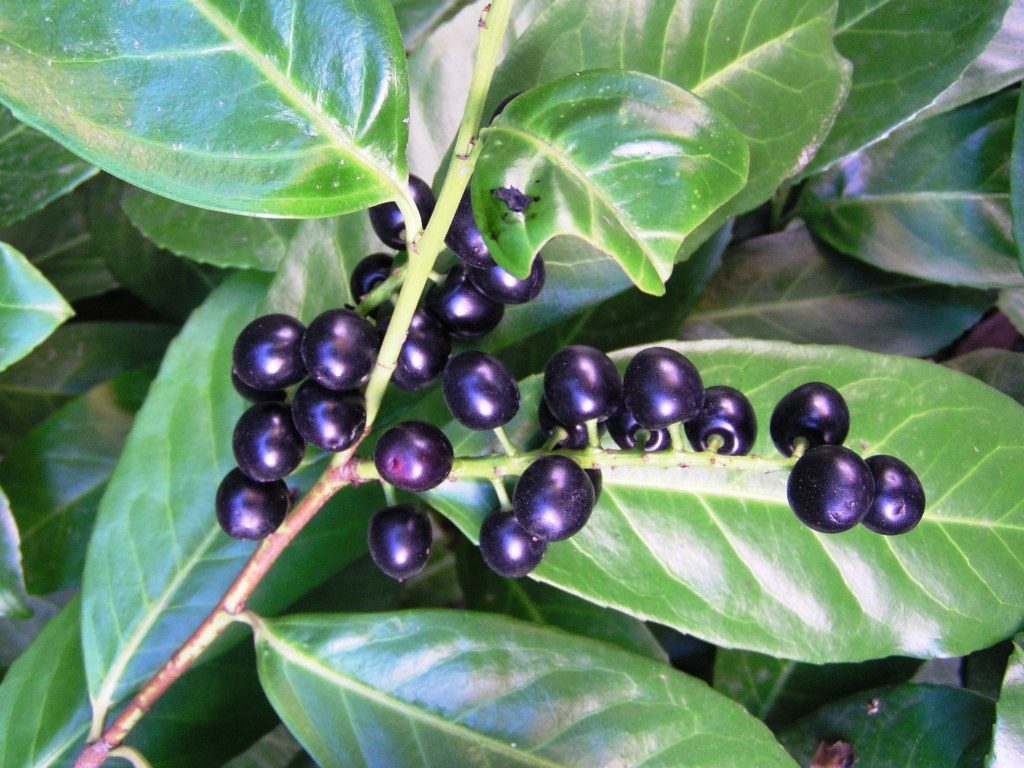
Produces cyanide from crushing the leaves; cyanide prevents oxygen from reaching the central nervous system, causing death; used by entymologists to kill insects without damaging them physically
Henbane | Hyoscyamus niger
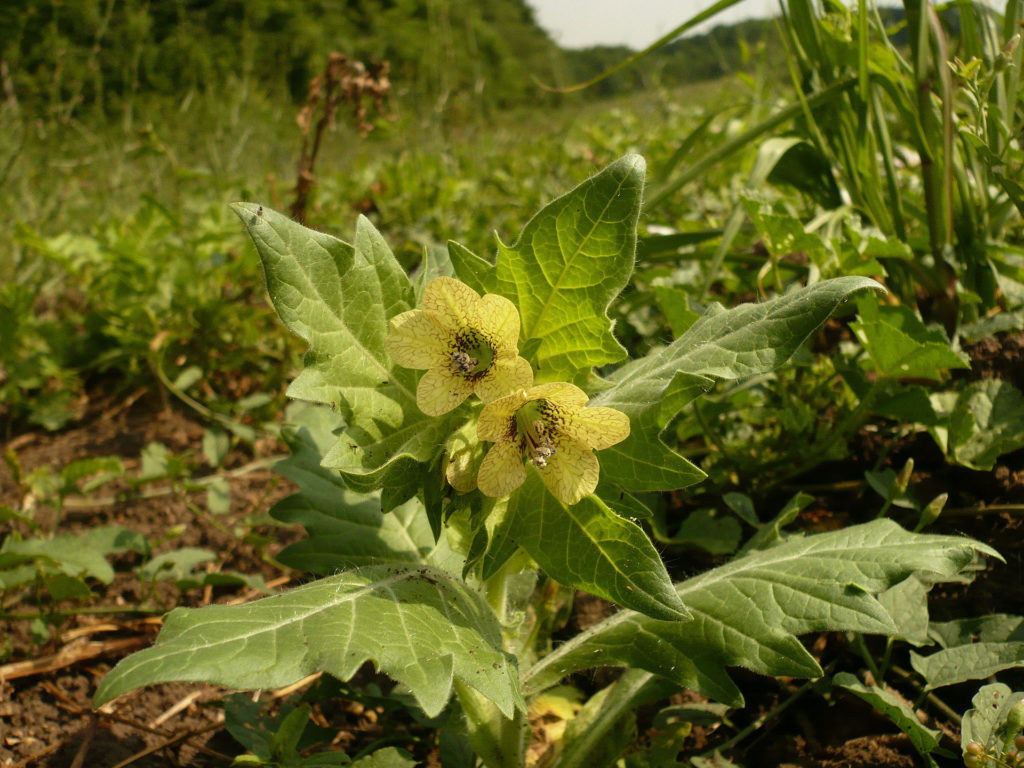
Produces a pungent odour that causes drowsiness or loss of consciousness; ingestion causes many hallucinogenic responses; overdose causes certain death; doesn’t kill pigs and they, reportedly, enjoy the effects of eating it!
Helleborus viridis | Green hellebore
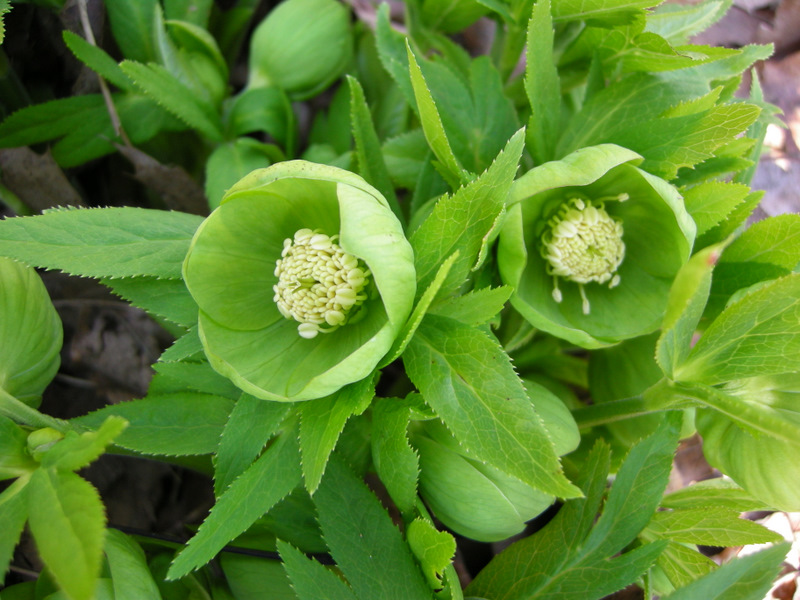
Entirety of the plant is poisonous; also called ‘bastard hellebore’, ‘bear’s foot’, or ‘boar’s foot’; causes severe vomiting and seizures — consequently was used to treat worms in children, traditionally, and to treat lice
As you can guess from glancing at the A to Z index, this list could go on for a long time.
Blessedly, I’ll stop here…
So far on the Poison Garden
Additional Links
Trevor Jones describes his garden with tribute to his wife at the end
Tom Scott (my man) introduces the garden and features Trevor Jones

